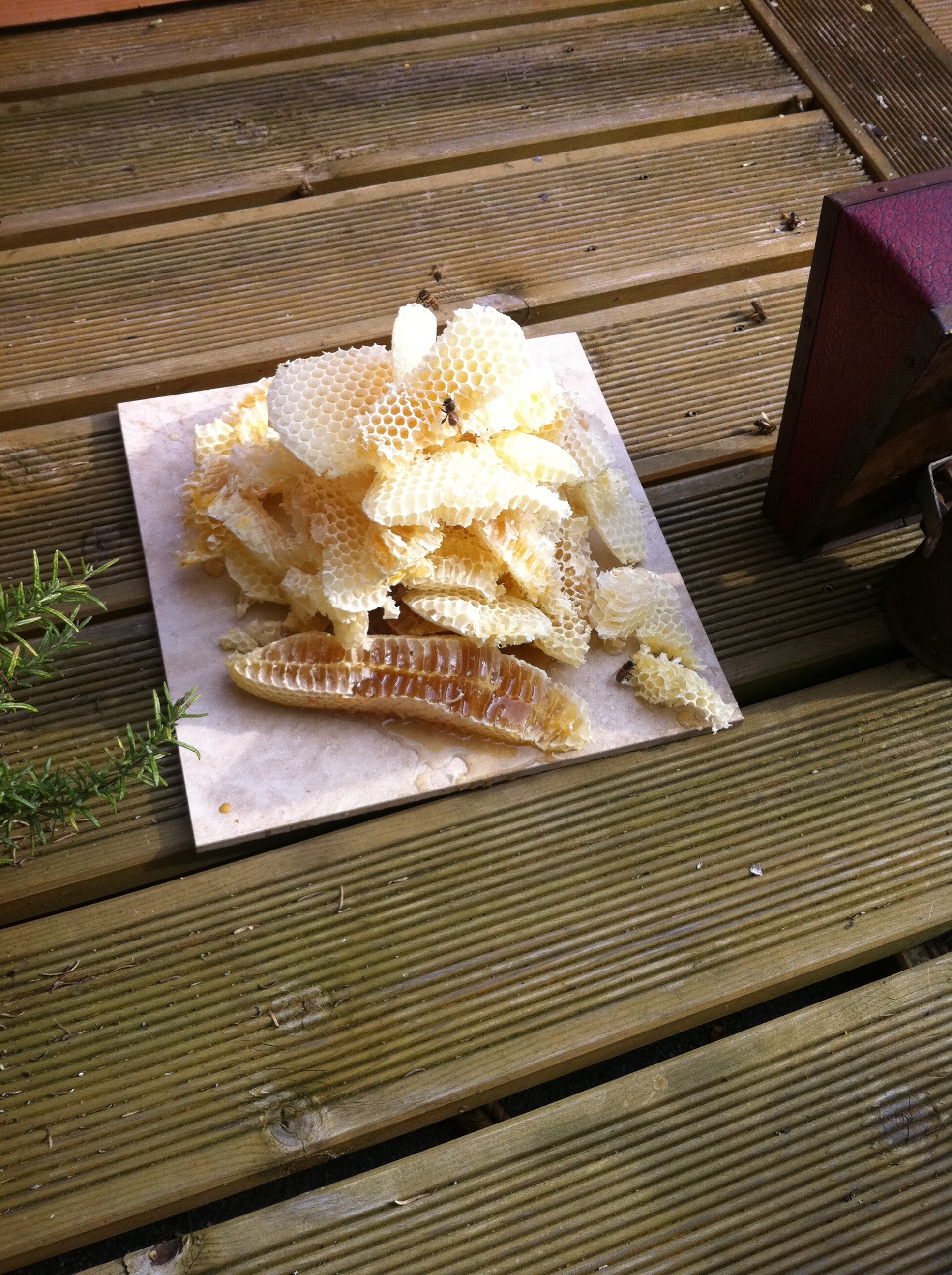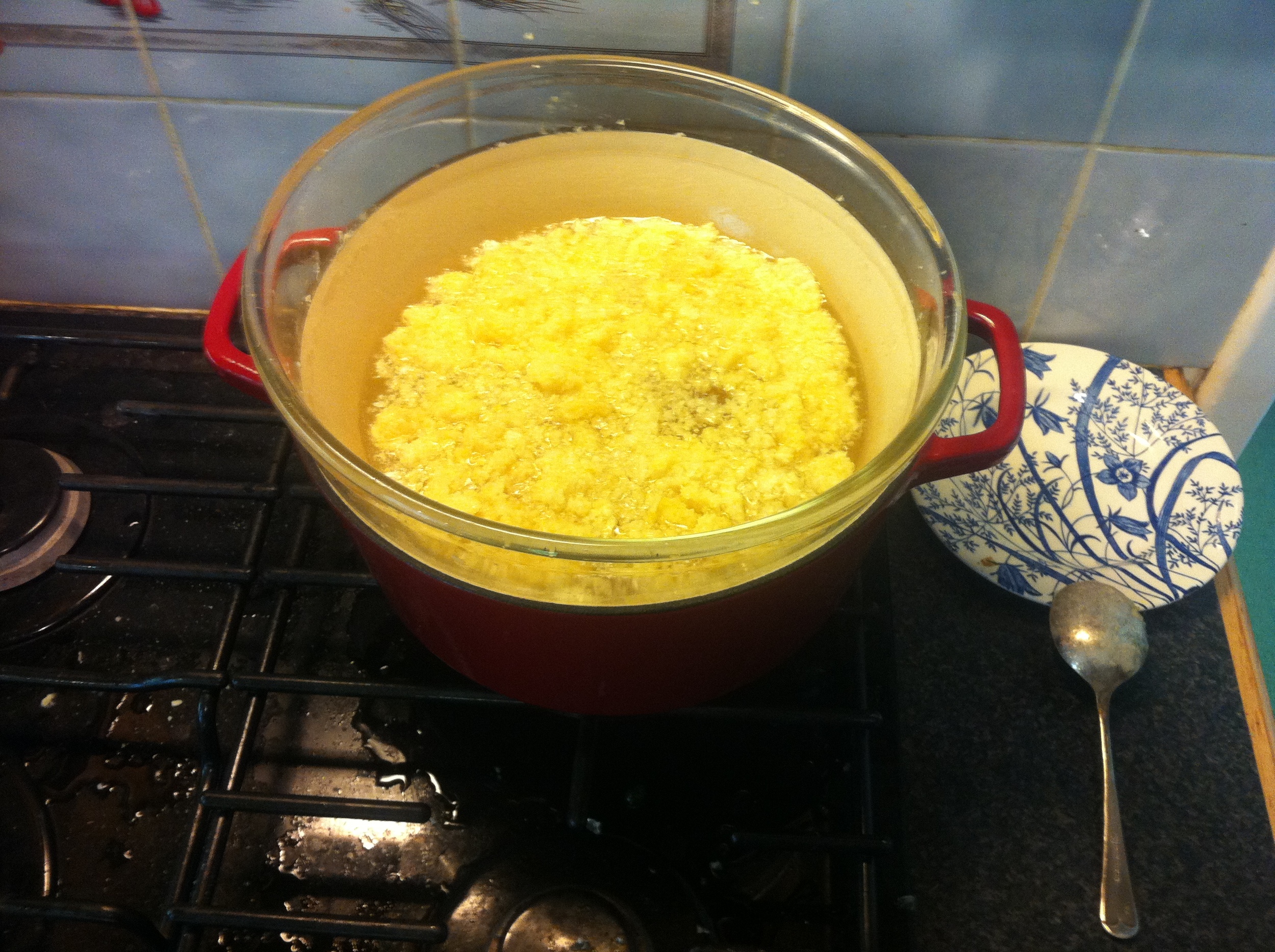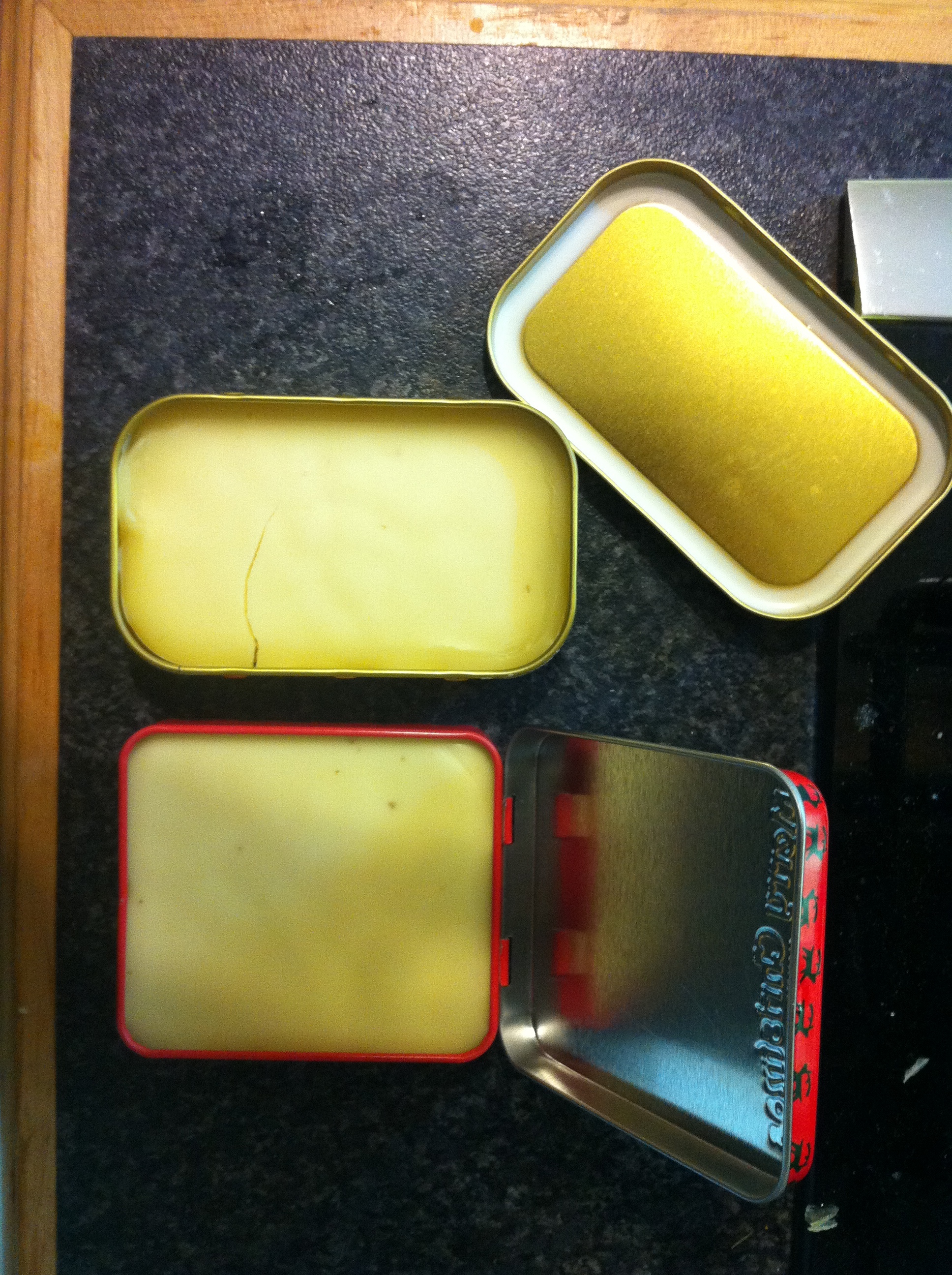September 2014
My first beekeeping conference! Trisha Marlow of Camlad Apiaries asked me to do a write-up for Beecraft magazine. Here's what I wrote:
The BIBBA/SICAMM conference, Llangollen, Wales, 26-28 September 2014
Hilary van der Hoff (Cambridge, UK)
Being new to beekeeping, I’d only met a couple of other beekeepers before I attended the BIBBA/SICAMM conference. And I didn’t know much beekeeping theory or practice either, only what I’d picked up from my friend who introduced me to beekeeping earlier this year, and from various publications I’d got hold of. So, I thought 3 days’ intensive education in beekeeping would be just what I needed.
Well, BIBBA and SICAMM are all about the “native black bee”, Apis mellifera mellifera, known as “Amm” to its friends. In case, like me, you didn’t know, that’s the particular race of honeybee native to Europe North and West of the Alps, including Britain. And BIBBA and SICAMM are working to conserve it against the influx of other honeybees that are brought to the UK from warmer climates, notably A. m. ligustica, the prolific amber-coloured honeybee from Italy. These days, it seems, your average colony of honeybees in a British back garden will be a genetic mix of Amm with ligustica and probably other races, these having all inter-bred and spread widely in the UK.
We had a wonderful range of speakers at the conference, and I learned that some (many? most?) breeders of Amm were relying on tiny differences in the vein patterning of the wings to distinguish between “foreign” bees and bees that had an Amm genetic background. However, one of the (younger) speakers at the conference pointed out that if you start with a hybrid population and select for the Amm wing, you may well breed a population of bees with beautiful Amm wings, but their overall genetic makeup will still be hybridised - you have selected for the wing but nothing else. Other speakers discussed more generally the benefits of having locally-adapted bees, that is to say bees that do well in the local climate, and how any local group of beekeepers can guide the evolution of their colonies to produce bees that are well suited to their area, have desirable temperament and over-winter well. Personally, as an amateur beekeeper, I favour this more general approach. I don’t mind if my bees are “mongrels” - I’m actually quite happy with that, as long as they are of good temperament and live healthily.
Besides the breeding and genetics angles, there were some very interesting talks about the natural history of bees. How wild colonies live, how bees communicate inside and outside the hive, the anatomy of bees, and some interesting theories about honeybee mating. There was myth-busting (drone congregation areas are not all that mysterious after all, they operate just like singles bars), and there were also some “alternative” ideas put forward (ley lines?). And that’s the great thing about big conferences like this, you hear a broad range of viewpoints and get lots of new ideas and inspiration, both from the speakers and from the variety of interesting people that you meet during the breaks. I’ve come home with a better understanding of bees, and an even longer reading list than before!













